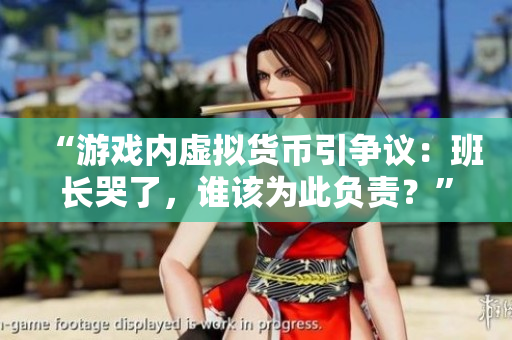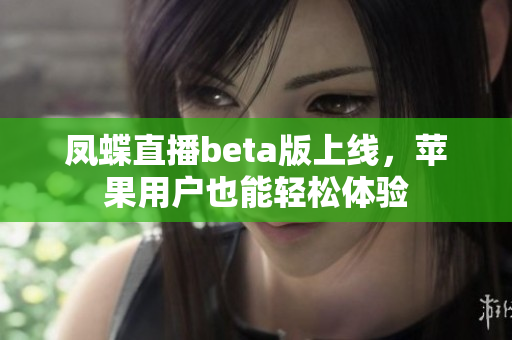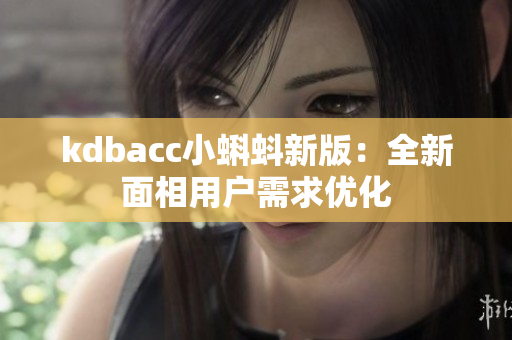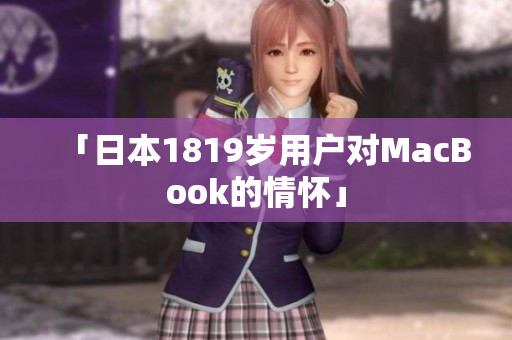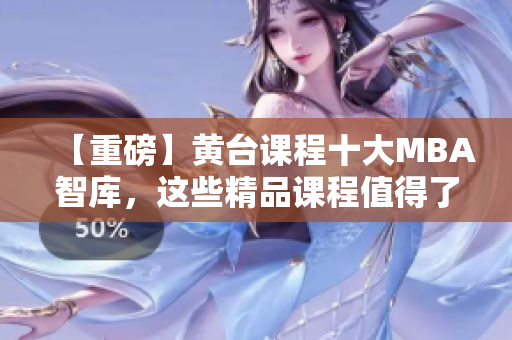Introduction
When it comes to discussing top-tier Western humanities artwork, one must acknowledge the impact of the Renaissance upon art history. This era produced countless pieces that have stood the test of time and continue to inspire contemporary artists. However, as the world develops at an unprecedented pace, technology also plays an undeniable role in affecting people’s daily lives. One such technological advancement is 5G, which has been rapidly implemented across Asia, including Mainland China. In this article, we will discuss the impact of 5G technology on the artistic world, particularly in Mainland China. Furthermore, we will address the topic of student behavior, specifically in the context of a teacher’s request to teach C1-level content in one class period, a classmate’s emotional distress over in-game purchases, and instances of academic dishonesty occurring within a school setting.
The Influence of 5G on Modern Artistry
With the introduction of 5G technology, the speed of data transfer and access to information have reached new heights. This boost in technological capabilities has allowed for seemingly boundless artistic experimentation and innovation. For instance, augmented reality and virtual reality experiences have expanded due to 5G, providing new mediums for artists to exhibit their work. Moreover, 5G's high-speed internet allows artists to share their work with a global audience instantaneously. Smartphone photography has also become more advanced, resulting in visually impressive creations that could only have been dreamed of before the advent of 5G. Therefore, we can see that 5G technology has had a significant impact on the art world of Mainland China and beyond.
Teaching C1-Level Content in a Single Class Period
A teacher's request to teach C1-level content, typically catered to advanced language learners, in one class period is a monumental task. However, it is crucial for both educators and students to understand that the learning process is not solely based on cramming all available information into the shortest timeframe possible. Rather, efficient and effective learning is achieved through a gradual and strategic process of acquiring information. Thus, it would be prudent for the educator to adjust their content delivery style and for students to remain patient in the face of such a daunting challenge.
Emotional Distress Over In-Game Purchases
The topic of in-game purchases is a controversial one, as it can draw criticism for being a manipulative strategy aimed at vulnerable individuals, such as children. However, in-game purchases are legal and often the only means for game developers to earn revenue to sustain the game's longevity. Consequently, it is essential to promote awareness among young people of the potential risks of excessive spending and instill a sense of financial responsibility. To avoid emotional distress over potential over-spending in games, it is important to establish boundaries and communicate openly with parents, guardians, or peers in a similar situation.
Addressing Academic Dishonesty in School Settings
Academic dishonesty is an unfortunate occurrence in many schools, and is often a symptom of a lack of personal accountability and an environment that fosters a culture of cheating. Students are often under pressure to excel academically, leading them to make poor choices such as cheating on exams or plagiarizing written assignments. Teachers should adopt a proactive approach to address this issue, such as educating students on the negative consequences of academic dishonesty and creating a safe space where students feel comfortable discussing their challenges. Additionally, parents play a crucial role in promoting ethical behavior in their children and reinforcing the importance of integrity. Overall, the responsibility of combating academic dishonesty should involve the entire community.
The Significance of Southeast Asian Education
Southeast Asia is a region that continues to face multiple challenges in terms of education. The primary issue lies in the lack of affordable, quality education opportunities available to the population, particularly in rural areas. Additionally, Southeast Asia's economic and social inequalities present a significant obstacle to accessing education. It is important to recognize that improving education in Southeast Asia is not just a moral obligation but also an economic necessity. Thriving economies rely on an educated populace to drive innovation and progress. Therefore, it is the responsibility of the government and other stakeholders to invest in education and eliminate barriers to education for the region's inhabitants.
Conclusion
5G technology offers infinite possibilities for the art world, and as the world evolves, so too must the mediums and forms of artistic expression. However, it is crucial to maintain ethical standards and promote personal accountability, particularly in the context of education. We must continue to strive for inclusive and affordable education worldwide, particularly in regions like Southeast Asia, where education is scarce. Only then can we hope to create a prosperous and just society.

